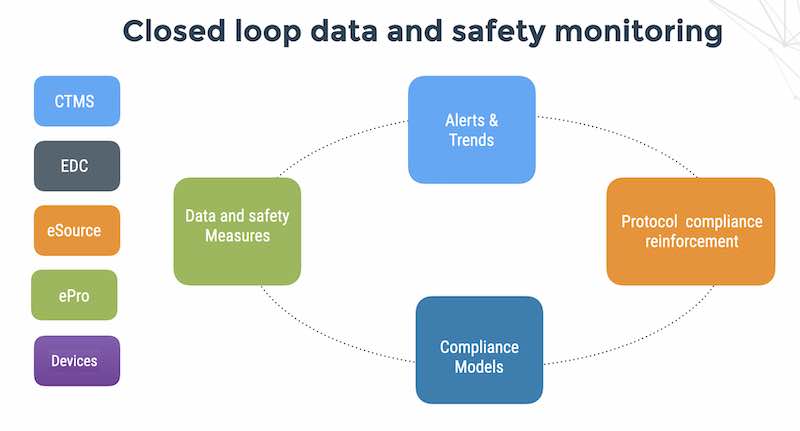Almost every SaaS (software as a service) is based on REST or XML Web services. In this post, I’d like to provide a brief introduction to some typical threats and security countermeasures to protect Web services;
Malicious Attack on the message
The beauty of HTTP Web Services is that traffic flows through port 80 and port 443 and it uses a human-readable format (XML or JSON). This is also the key vulnerability. A typical IT / system administration approach that relies on protecting Web service providers with a firewall/IPS setup is not very effective. We will explain why.
Firewalls do a good job of port monitoring and recognizing brute force malicious attack but are not good at being able to view the content of messages in order to detect and prevent more sophisticated security compromises. While most firewalls can recognize SOAP as well-formed HTTP traffic they cannot inspect the actual content of the SOAP message or JSON data. Web Services interfaces are much more complex than Web site interfaces which exchange HTML pages and forms. Web service interfaces are like software APIs and expose database functionality. In addition, an attacker has more information available to them. The message is often self-describing and clearly shows the data elements.
A Web service provider is a juicy, self-describing target.
Replay Attack
Similar to Denial of Service, replay attacks involve copying valid messages and repeatedly sending them to a service. Similar techniques for detecting and handling Denial of Service can be applied towards replay attacks. In some ways, replay attacks are easier to detect with Web Services because payload information is more readily available. With the right tools, patterns can be detected more easily even if the same or similar payload is being sent across multiple mediums like HTTP, HTTPS, SMTP, etc.
Buffer Overflow
An attacker can send a parameter that is longer than the program can handle, causing the service to crash or for the system to execute undesired code supplied by the attacker. A typical method of attack is to send an overly long request, for instance, a password with many more characters than expected. Similar to buffer overflow attacks; hackers often send malformed content to produce a similar effect. Sending in strings such as quotes, open parentheses and wildcards can often confuse a Web Service interface.
Dictionary Attack
Dictionary attacks are common where a hacker may either manually or programmatically guess passwords to gain entry into the system. Administrators should ensure that passwords are difficult to guess and are changed often.
Intrusion Detection of attacks by malicious outsiders
Proactively securing all of the possible misuses of Web Services is almost impossible. Security policies and strict access control management should help reduce the occurrence of intrusion. An IPS will detect anomalous attack behavior and if monitored may help the security team mitigate the threat.
Extrusion detection of attacks by trusted insiders
Attackers are usually thought to be outside of the organization. However, most security breaches occur from within the organization. With Web Services, more functionality is available to a more people. Access to confidential information or embezzlement of funds is just some of the possible internal security breaches that can be performed by employees or former employees. Because employees are the most familiar with internal systems, detection can be made extremely difficult. Unintentional compromises are also possible. If an interface is unsecured, an employee may accidentally access information that they are not intended to view. Since Firewalls are insufficient for data breach, we would require use of a DLP – Data loss prevention system such as Fidelis XPS or WebSense DLP.
Threat containment
Once a security breach is detected, being able to shut down systems and reject traffic from specific sources are important for handling a compromise. A DLP system provides real-time detection, forensics recording and the ability to drop traffic from specific IP source addresses in order to properly mitigate the threat.





